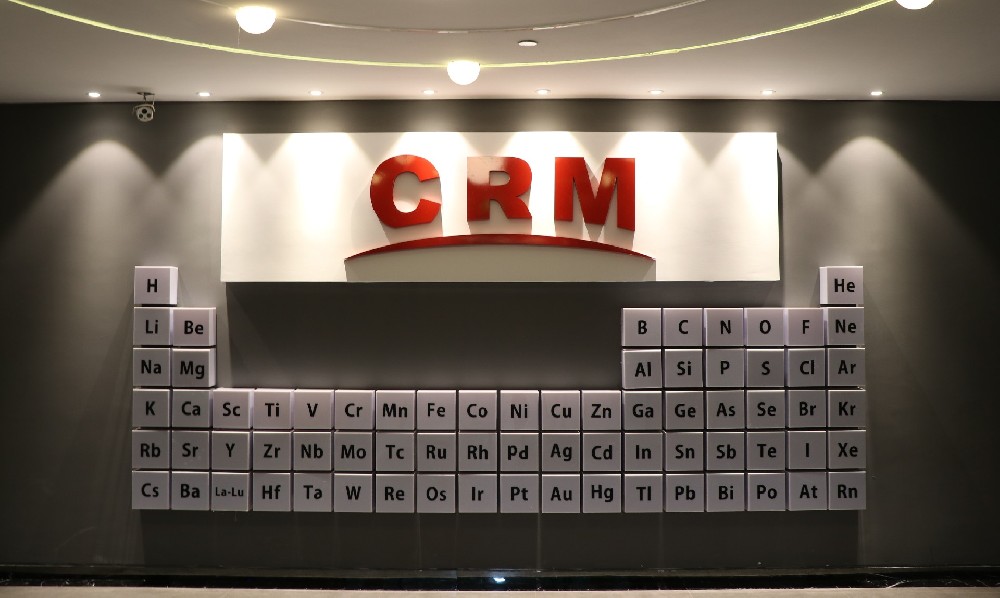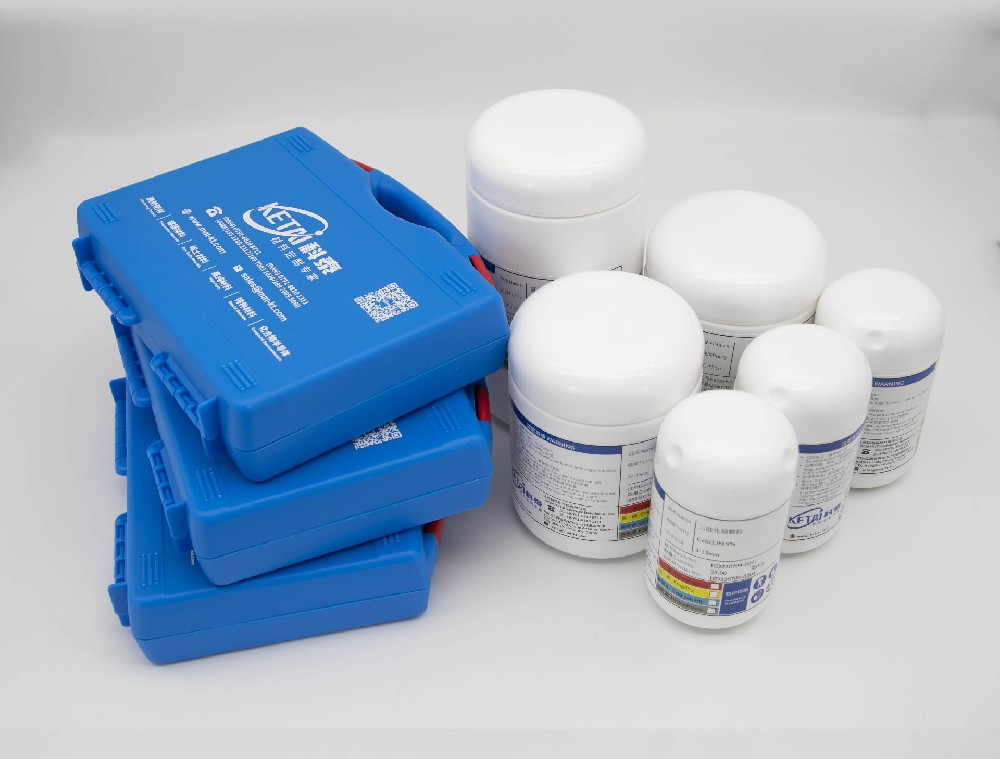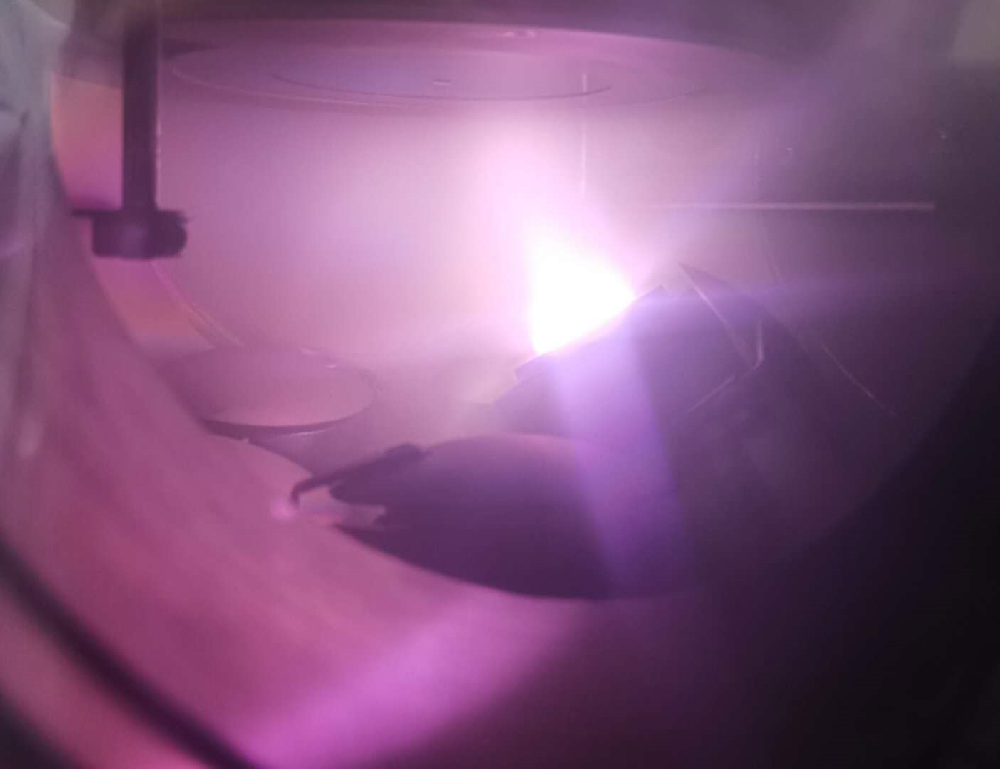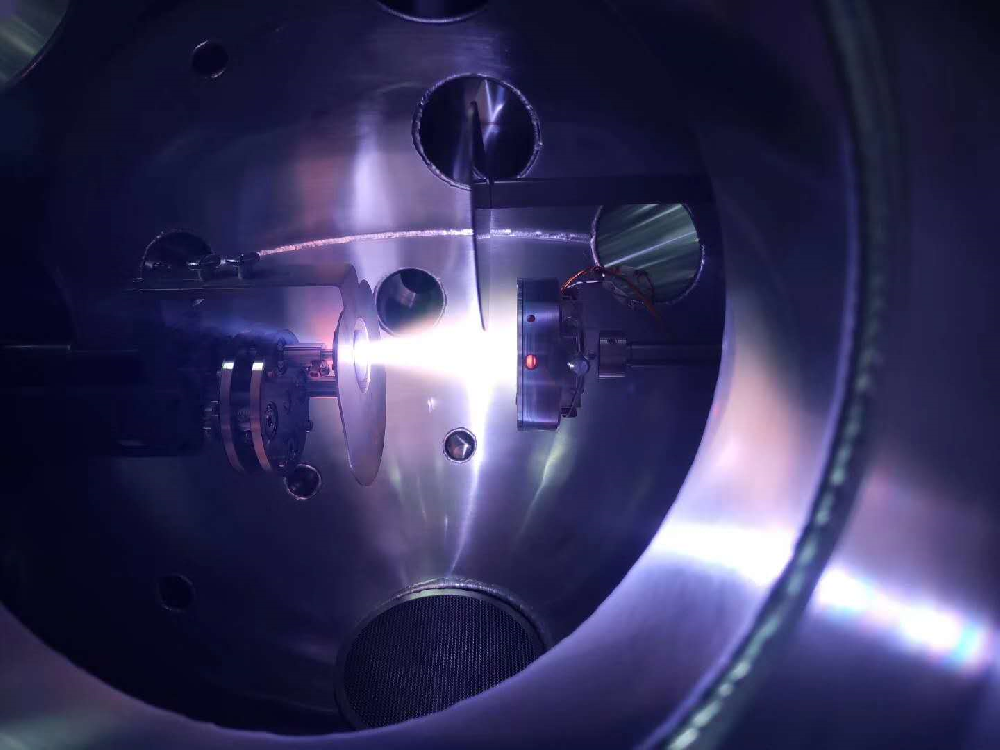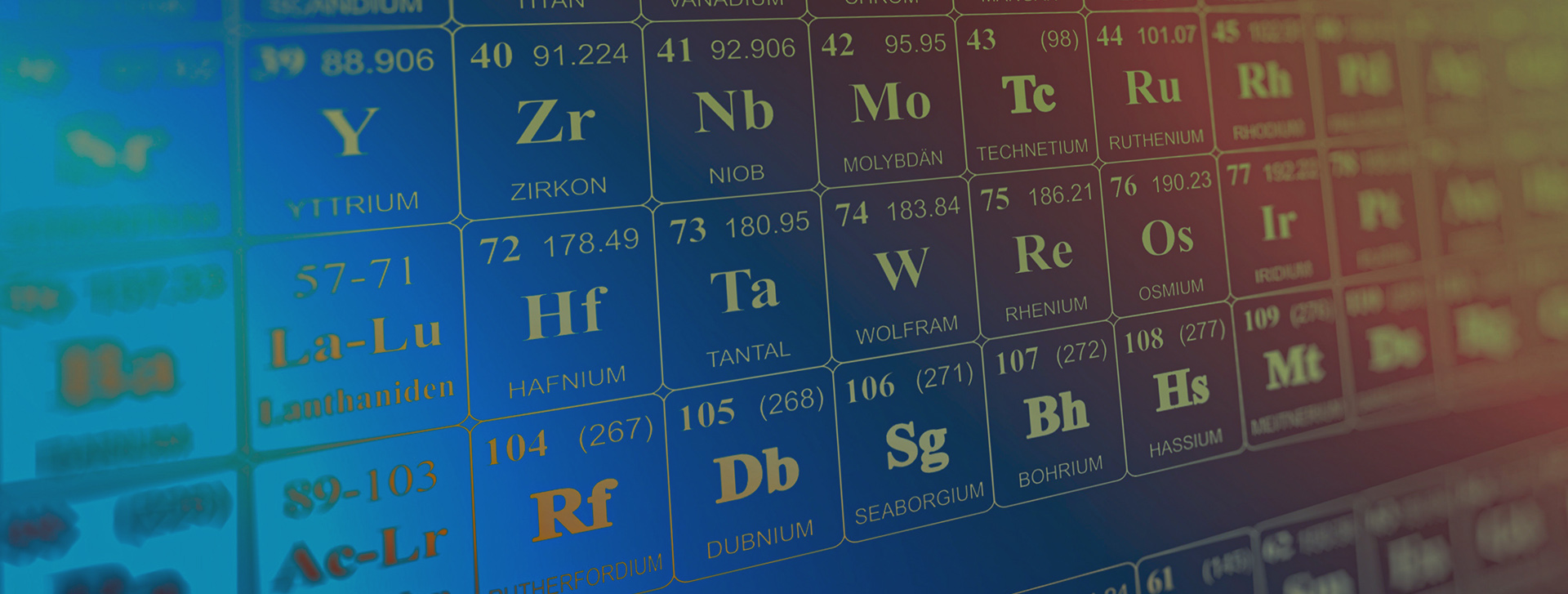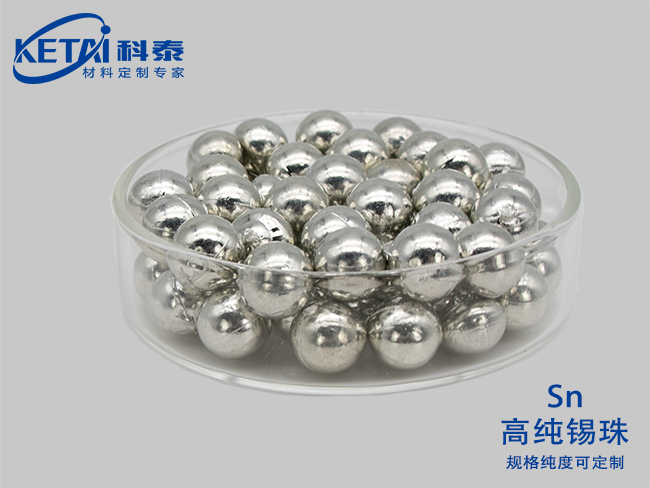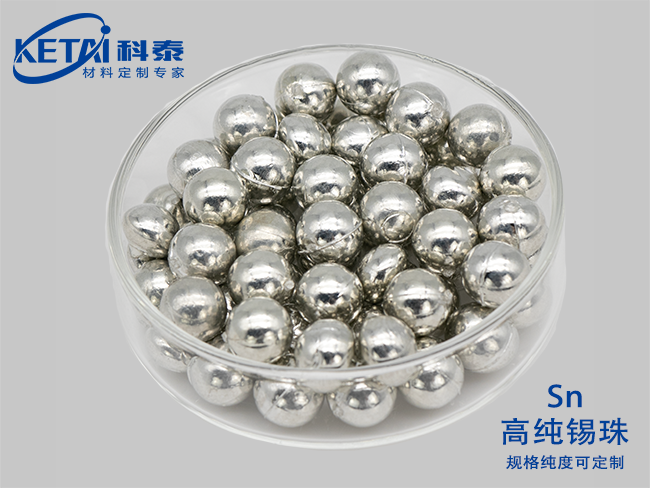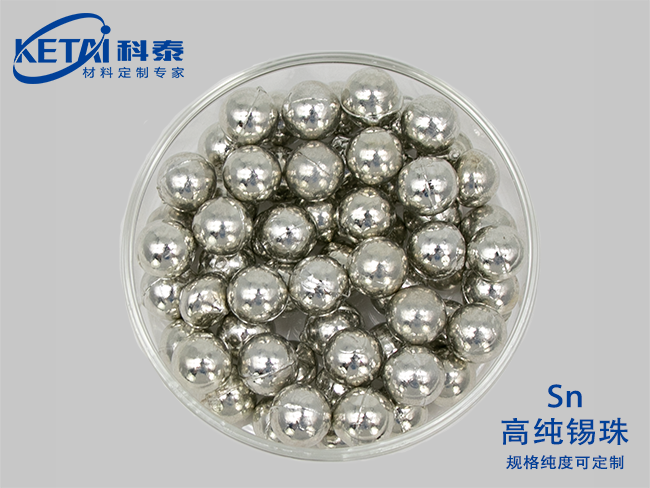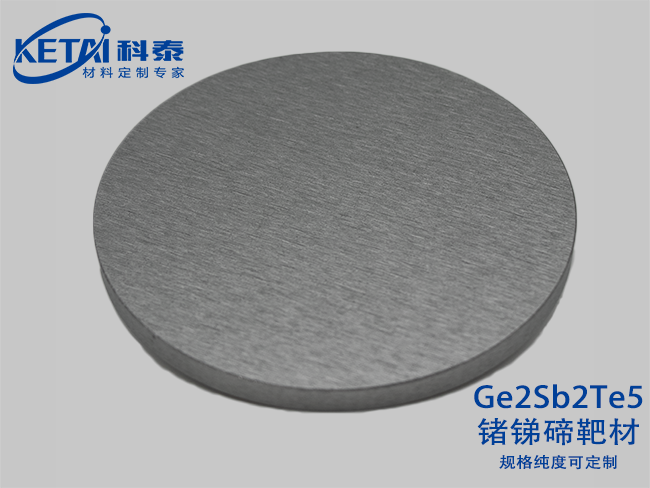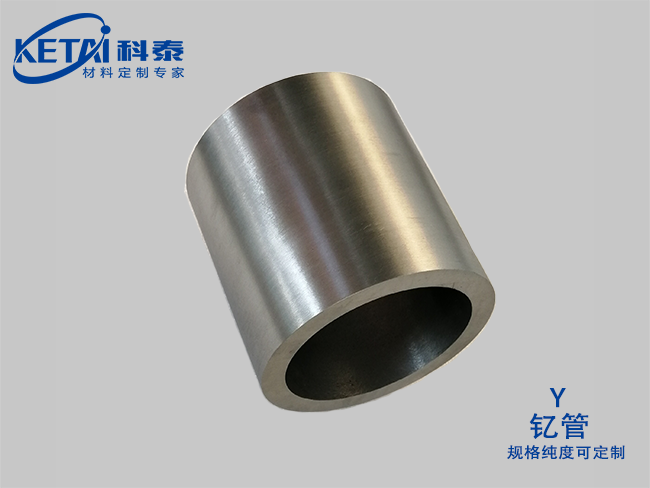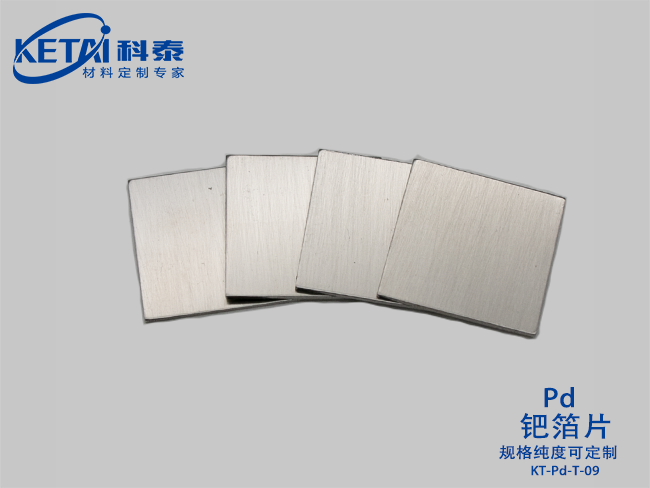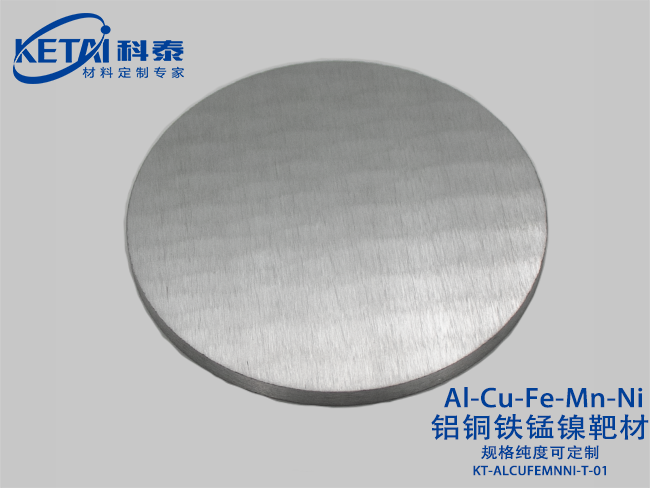-
-
Sputtering Targets
- Element Sputtering Targets
- Alloy Sputtering Targets
- Oxide Sputtering Targets
- Nitride Sputtering Targets
- Carbide Sputtering Targets
- Fluoride Sputtering Targets
- Silicide Sputtering Targets
- Sulfide Sputtering Targets
- Selenide Sputtering Targets
- Telluride Sputtering Targets
- Antimonide Sputtering Targets
- Phosphide Sputtering Targets
- Special Sputtering Targets Customization
- Sputtering Targets List
-
Evaporation Materials
- Element Evaporation Materials
- Alloy Evaporation Materials
- Oxide Evaporation Materials
- Nitride Evaporation Materials
- Carbide Evaporation Materials
- Fluoride Evaporation Materials
- Phosphide Evaporation Materials
- Telluride Evaporation Materials
- Selenide Evaporation Materials
- Sulfide Evaporation Materials
- Other Evaporation Materials
- Evaporation Materials List
- Compound Semiconductor Materials
- Rare Earth Materials
- Special Alloy
-
Crucible customization
-
Sputtering Targets
- H氢Hydrogen
- He氦Helium
- Li锂Lithum
- Be铍Beryllium
- B硼Boron
- C碳Carbon
- N氮Nitrogen
- O氧Oxygen
- F氟Fluorine
- Ne氖Neon
- Na钠Sodium
- Mg镁Magnesium
- Al铝Aluminium
- Si硅Silicon
- P磷Phosphorus
- S硫Sulfur
- Cl氯Chlorine
- Ar氩Argon
- K钾Potassium
- Ca钙Calcium
- Sc钪Scandium
- Ti钛Titanium
- V钒Vanadium
- Cr铬Chromium
- Mn锰Manganum
- Fe铁Iron
- Co钴Cobalt
- Ni镍Nickel 2
- Cu铜Copper
- Zn锌Zinc
- Ga镓Gallium
- Ge锗Germanium
- As砷Arsenic
- Se硒Selenium
- Br溴Bormine
- Kr氪Krypton
- Rb铷Rubidium
- Sr锶Strontium
- Y钇Yttrium
- Zr锆Zirconium
- Nb铌Niobium
- Mo钼Molybdanium
- Tc碍Technetium
- Ru钌Ruthenium
- Rh铑Rhodium
- Pd钯Palladium
- Ag银Silver
- Cd镉Cadmium
- In铟Inlium
- Sn锡Tin
- Sb锑Antimony
- Te碲Tellurium
- I碘Iodine
- Xe氙Xenon
- Cs铯Caesium
- Ba钡Barium
- LaLu镧系LaLu
- Hf铪Hafnium
- Ta钽Tantalum
- W钨Tungsten
- Re铼Rhenium
- Os锇Osmium
- Ir铱Iridium
- Pt铂Platinum
- Au金Gold
- Hg汞Mercury
- Tl铊Thallium
- Pb铅Lead
- Bi铋Bismuth
- Po钋Polonium
- At砹Astatium
- Rn氡Radon
- La镧Lanthanum
- Ce铈Cerium
- Pr镨Praseodymium
- Nd钕Neodymium
- Pm钷Promethium
- Sm钐Samarium
- Eu铕Europinu
- Gd钆Gadolinium
- Tb铽Terbium
- Dy镝Dysprosium
- Ho钬Holmium
- Er铒Erbium
- Tm铥Thulium
- Yb镱Ytterbium
- Lu镥Lrtetium
Click to view the relevant product information containing the corresponding elements
Ketai new materials can provide customization of any combination of materials with almost all elements (except radioactive elements) in the "yuansuo periodic table". Some products have not been updated in time. Please consult customer service for special customization needs.
- H氢Hydrogen
- He氦Helium
- Li锂Lithum
- Be铍Beryllium
- B硼Boron
- C碳Carbon
- N氮Nitrogen
- O氧Oxygen
- F氟Fluorine
- Ne氖Neon
- Na钠Sodium
- Mg镁Magnesium
- Al铝Aluminium
- Si硅Silicon
- P磷Phosphorus
- S硫Sulfur
- Cl氯Chlorine
- Ar氩Argon
- K钾Potassium
- Ca钙Calcium
- Sc钪Scandium
- Ti钛Titanium
- V钒Vanadium
- Cr铬Chromium
- Mn锰Manganum
- Fe铁Iron
- Co钴Cobalt
- Ni镍Nickel 2
- Cu铜Copper
- Zn锌Zinc
- Ga镓Gallium
- Ge锗Germanium
- As砷Arsenic
- Se硒Selenium
- Br溴Bormine
- Kr氪Krypton
- Rb铷Rubidium
- Sr锶Strontium
- Y钇Yttrium
- Zr锆Zirconium
- Nb铌Niobium
- Mo钼Molybdanium
- Tc碍Technetium
- Ru钌Ruthenium
- Rh铑Rhodium
- Pd钯Palladium
- Ag银Silver
- Cd镉Cadmium
- In铟Inlium
- Sn锡Tin
- Sb锑Antimony
- Te碲Tellurium
- I碘Iodine
- Xe氙Xenon
- Cs铯Caesium
- Ba钡Barium
- LaLu镧系LaLu
- Hf铪Hafnium
- Ta钽Tantalum
- W钨Tungsten
- Re铼Rhenium
- Os锇Osmium
- Ir铱Iridium
- Pt铂Platinum
- Au金Gold
- Hg汞Mercury
- Tl铊Thallium
- Pb铅Lead
- Bi铋Bismuth
- Po钋Polonium
- At砹Astatium
- Rn氡Radon
- La镧Lanthanum
- Ce铈Cerium
- Pr镨Praseodymium
- Nd钕Neodymium
- Pm钷Promethium
- Sm钐Samarium
- Eu铕Europinu
- Gd钆Gadolinium
- Tb铽Terbium
- Dy镝Dysprosium
- Ho钬Holmium
- Er铒Erbium
- Tm铥Thulium
- Yb镱Ytterbium
- Lu镥Lrtetium
current location:Home >> Products >> Evaporation Materials >> Element Evaporation Materials
Select product category:
Element Evaporation Materials Deselect
Deselect
- All products
-
Sputtering Targets
- Element Sputtering Targets
- Alloy Sputtering Targets
- Oxide Sputtering Targets
- Nitride Sputtering Targets
- Carbide Sputtering Targets
- Fluoride Sputtering Targets
- Silicide Sputtering Targets
- Sulfide Sputtering Targets
- Selenide Sputtering Targets
- Telluride Sputtering Targets
- Antimonide Sputtering Targets
- Phosphide Sputtering Targets
- Special Sputtering Targets Customization
- Sputtering Targets List
-
Evaporation Materials
- Element Evaporation Materials
- Alloy Evaporation Materials
- Oxide Evaporation Materials
- Nitride Evaporation Materials
- Carbide Evaporation Materials
- Fluoride Evaporation Materials
- Phosphide Evaporation Materials
- Telluride Evaporation Materials
- Selenide Evaporation Materials
- Sulfide Evaporation Materials
- Other Evaporation Materials
- Evaporation Materials List
- Compound Semiconductor Materials
- Rare Earth Materials
- Special Alloy
-
Crucible customization
- Product category
-
Sputtering Targets
- Element Sputtering Targets
- Alloy Sputtering Targets
- Oxide Sputtering Targets
- Nitride Sputtering Targets
- Carbide Sputtering Targets
- Fluoride Sputtering Targets
- Silicide Sputtering Targets
- Sulfide Sputtering Targets
- Selenide Sputtering Targets
- Telluride Sputtering Targets
- Antimonide Sputtering Targets
- Phosphide Sputtering Targets
- Special Sputtering Targets Customization
- Sputtering Targets List
-
Evaporation Materials
- Element Evaporation Materials
- Alloy Evaporation Materials
- Oxide Evaporation Materials
- Nitride Evaporation Materials
- Carbide Evaporation Materials
- Fluoride Evaporation Materials
- Phosphide Evaporation Materials
- Telluride Evaporation Materials
- Selenide Evaporation Materials
- Sulfide Evaporation Materials
- Other Evaporation Materials
- Evaporation Materials List
- Compound Semiconductor Materials
- Rare Earth Materials
- Special Alloy
-
Crucible customization
Tin beads(Sn)
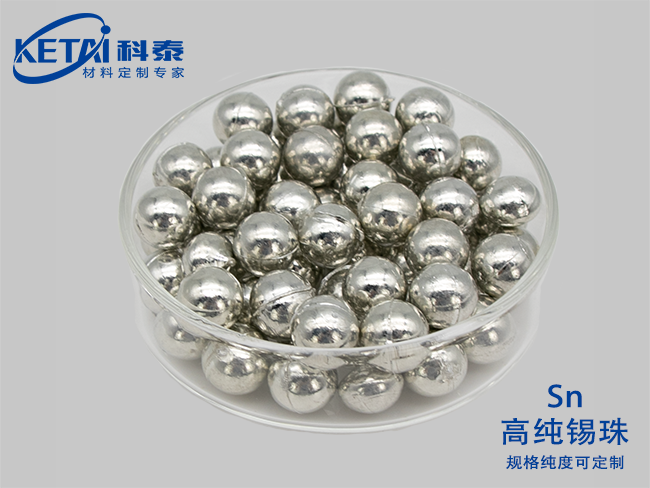
| Tin beads(Sn)essential information | |
| Molecular formula | Sn |
| purity | 99.99% |
| CAS No | 7440-31-5 |
| Molar mass | 118.71 |
| density | 7.28 g/cm³ |
| melting point | 231.89 ℃ |
| boiling point | 2260 ℃ |
| Solubility (water) | |
Tin beads(Sn)Product overview
The English name of tin is tin, and the element symbol is Sn. "Tin is a metallic element, an inorganic substance, and a low melting point metal with a silvery white luster. It is divalent or tetravalent in compounds and will not be oxidized by air at room temperature. Tin has 14 isotopes, of which 10 are stable isotopes, namely, tin - 112, 114, 115, 116, 117, 118, 119, 120, 122, and 124.".
Metallic tin is soft and flexible, with a melting point of 231.89 ℃ and a boiling point of 2260 ℃. There are three types of allotropes:
White tin is a tetragonal crystal system, with cell parameters of a=0.5832nm and c=0.3181nm. The cell contains four Sn atoms, with a density of 7.28g/cm3, a hardness of 2, and good ductility.
Grey tin is a diamond shaped cubic crystal system with a cell parameter of a=0.6489nm, containing 8 Sn atoms in the cell, and a density of 5.75g/cm3.
Brittle tin is an orthogonal crystal system with a density of 6.54g/cm3.
Tin is so soft that you can cut it with a knife. Tin has stable chemical properties and is not easily oxidized by oxygen at room temperature, so it often maintains the shiny luster of silver. Tin is non-toxic, and it is often plated on the inner wall of copper pots to prevent copper from forming toxic copper green (basic copper carbonate) with warm water. The formation of a tin dioxide protective film on the surface of tin in air is stable, and the oxidation reaction is accelerated under heating; Tin reacts with halogen under heating to generate tin tetrahalide; It can also react with sulfur; Tin is soluble in strong alkaline solutions; It can be corroded in acidic solutions of salts such as iron chloride and zinc chloride.
| Tin beads(Sn)Product application |

